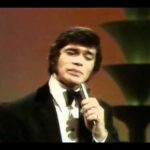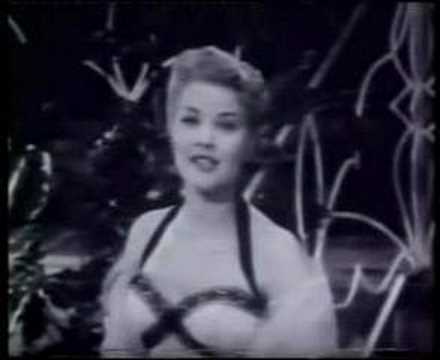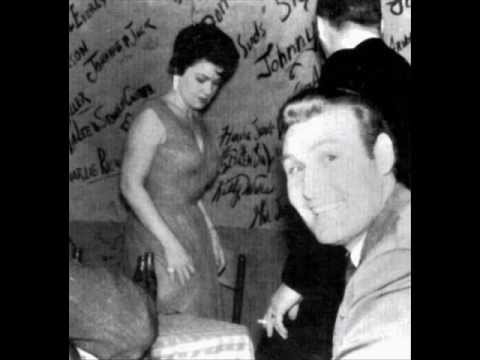The Last Waltz – Engelbert Humperdinck
“The Last Waltz” by Engelbert Humperdinck is one of his signature ballads, released in 1967 at the height of his international success. The song is built around the image of a final dance, where romance is mingled with both tenderness and sadness. It captures the essence of parting—two lovers share a waltz, knowing that after this moment, they will no longer be together. This blending of love and loss is central to the song’s emotional impact, which is why it has resonated so deeply with audiences across generations.
The lyrics move through a delicate balance of romance and heartbreak. At first, the waltz is introduced as something beautiful, intimate, and unforgettable. The music itself, with its sweeping arrangement, mirrors the rhythm of a dance—soft, flowing, and graceful. Yet the words carry the ache of finality, making the dance both a celebration of love and a painful goodbye. This duality is what gives the song its haunting charm: it is at once sweet and sorrowful.
Engelbert Humperdinck’s vocal delivery is central to the song’s success. His warm, emotive voice draws out the vulnerability in the lyrics, making the listener feel the weight of the farewell. He doesn’t overdramatize; instead, he lets the natural sadness and beauty of the song shine through with sincerity. His phrasing and tone make it easy for listeners to imagine themselves in that bittersweet moment of holding onto someone for the last time.
Over time, “The Last Waltz” has become more than just a love song—it is also seen as a piece about memory, longing, and the passage of time. For many, it stirs nostalgia and recalls moments of love that could not last. The song’s universal theme of parting makes it timeless, and its waltz rhythm gives it a classical quality that feels almost eternal. This is why it remains one of Humperdinck’s most beloved performances, standing as a testament to his ability to take simple words and a melody and turn them into something profoundly moving.







